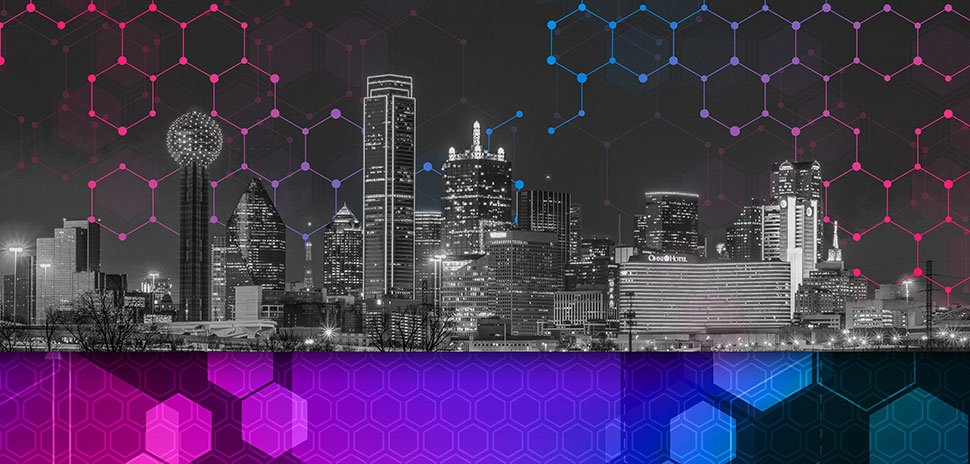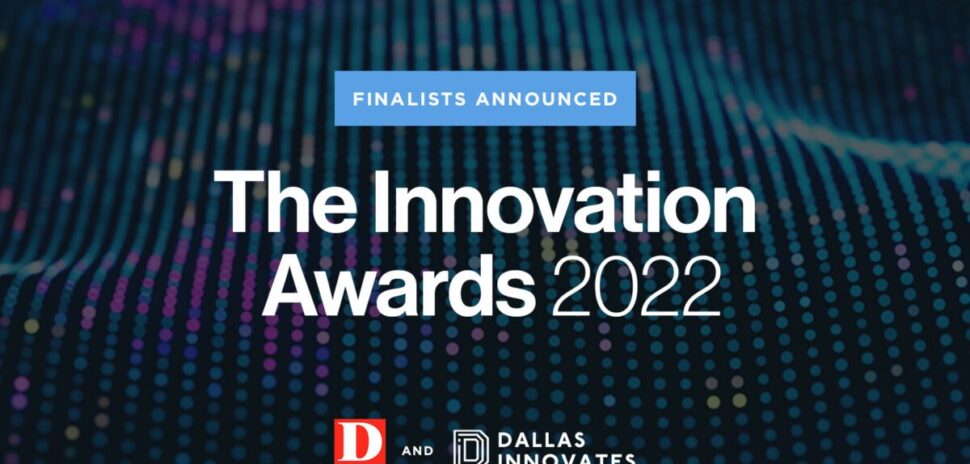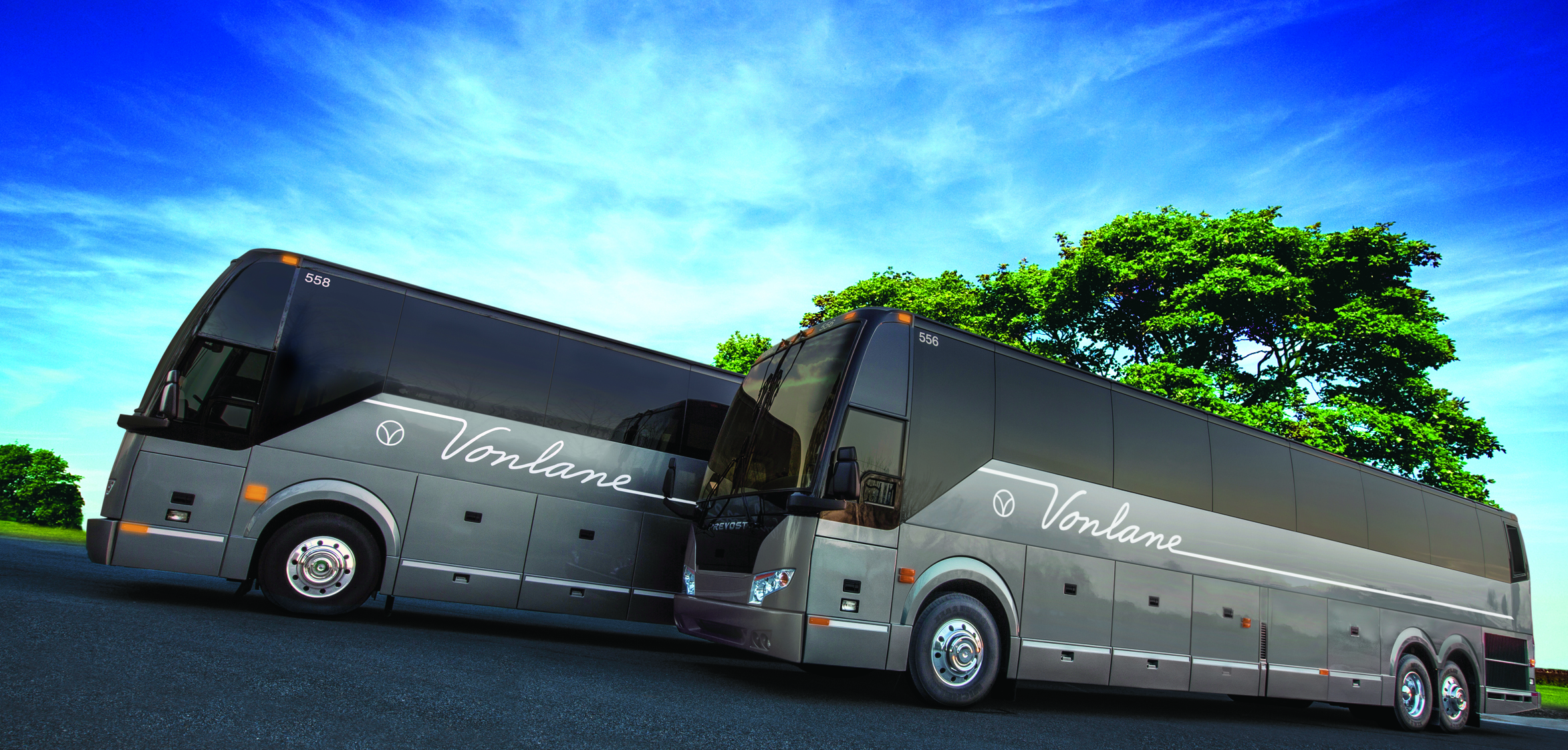An exciting new report from the Dallas Regional Chamber, Southern Methodist University, Accenture, and United Way of Metropolitan Dallas analyzes the city’s innovation economy and offers recommendations for actions to accelerate its growth.
To fuel this push, the DFW Regional Innovation Study calls for “a communitywide effort” uniting startups, corporations, universities, government, social impact groups, and creatives. As part of this effort, it’s imperative for design leadership in the city to have a voice at the table. Bold design solutions across the country are helping accelerate startup company growth, recruit top talent to new regions and drive business and civic transformation.
Not surprisingly, higher education is a hotbed for breakthrough design solutions that help fuel local and regional economies.
Not surprisingly, higher education is a hotbed for breakthrough design solutions that help fuel local and regional economies.
As our city shapes the future of its innovation economy, it should consider how design thinking in education can help. Here’s a look at three ways design can make a difference:
 DESIGN CAN HELP BUILD HIGHER EDUCATION, FUEL ENTREPRENEURSHIP
DESIGN CAN HELP BUILD HIGHER EDUCATION, FUEL ENTREPRENEURSHIP
Students interested in founding their own company often see higher education and entrepreneurship as two separate worlds. Should they go to school or should they focus on their startup? However, exciting new entrepreneurship programs —like the University of Texas at Dallas’ Institute for Innovation and Entrepreneurship—and the curriculum they empower are changing that reality. Now, equipped with incubators, access to venture capital, key mentorship and more – higher education is transforming itself into an accelerator for students interested in joining the startup economy.
Higher education institutions that reshape the learning experience for student entrepreneurs will also need to rethink the design of campus spaces. Successful entrepreneurs rely on collaboration, teamwork, and prototyping and they need spaces that inherently allow for this. In 2016, the University of Utah opened Lassonde Studios — a visionary building that combines 400 student residences with a 24/7 startup hangar where students live, learn and launch companies — and in just two years has quadrupled the number of student startups on campus. The building invites students of all disciplines and academic level (freshman to Ph.D) to live and work together. As the university continues to credit the building as a key driver of this startup growth, other universities around the country are taking notice and beginning to create their own new spaces for the future of entrepreneurial education.
The future of Dallas’ innovation economy would benefit from similar breakthrough education buildings that are luring the best student entrepreneurs, helping increase the number of startups on local campuses, and building an innovation pipeline for the future.
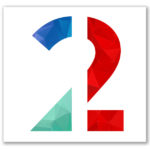 DESIGN CAN HELP RECRUIT AND RETAIN STEM STUDENTS
DESIGN CAN HELP RECRUIT AND RETAIN STEM STUDENTS
The talent shortage in Science, Technology, Engineering and Math (STEM) fields has been developing for years. In 2012, the U.S. President’s Council of Advisors on Science and Technology predicted we’d need roughly 1 million more STEM professionals than we were set to produce based on current graduation rates. The talent gap has continued to grow since then as only about 40% of students who enroll in STEM programs graduate with STEM degrees. Dallas Innovates documented the increasing need for STEM professional in the DFW area just last month.
Such a striking talent shortage means competition for leading STEM professionals and students is intense. Here too, facility design can be a differentiator in attracting top talent and helping them stay engaged in STEM programs. One key step colleges and universities can take is quickly departing from traditional STEM classroom design that often locates labs in the core or basement of buildings with few windows and limited natural light. These design moves not only diminish the wellbeing of those who use the space and diminish students’ motivation and learning, but they also make labs feel untouchable and intimidating with the science occurring in them far too complex for most to understand.
Simply by choosing to design STEM spaces that put “science on display” in public, high-traffic areas, we can celebrate science, elevate student interest and hopefully generate more STEM graduates to lead us into the future.
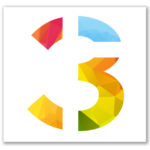 DESIGN CAN KNOCK DOWN SILOS
DESIGN CAN KNOCK DOWN SILOS
Organizational silos are widely regarded as serious barriers to innovation. With collaboration and teamwork being the lifeblood of innovation, individuals, teams and departments that work alone as “islands” will struggle to innovate. Core to our city’s success in building an incredible innovation economy will be its ability to eliminate silos that stunt new ideas and discovery.
This reality means numerous things for higher education. Internally, universities and colleges need to establish new modes of academic workplaces that pull people out of private offices and into collaboration zones. They’ll also need to ensure new capital investments bring different departments and teams together and connect them with the outside world in new ways. This could translate to athletic facilities that also house entrepreneurship and research like University of Maryland’s Cole Fieldhouse or academic health buildings akin to what UT Southwestern has been developing that unite physicians, researchers, students, and staff in new ways to accelerate discovery. Depending on their unique culture and goals, different institutions will require different responses and design thinking can help ensure they invest wisely.
Higher education has always been where our future takes shape. In the wake of the Dallas Regional Chamber’s new Regional Innovation Study, it’s key we bring special focus to how education and design can work together to shape the bright future we all desire.
Holly Ragan is the Dallas Office Practice Leader for FKP / CannonDesign with experience helping academic and health organizations leverage design to address challenges and seize opportunities.
![]()
Get on the list.
Dallas Innovates, every day.
Sign up to keep your eye on what’s new and next in Dallas-Fort Worth, every day.

